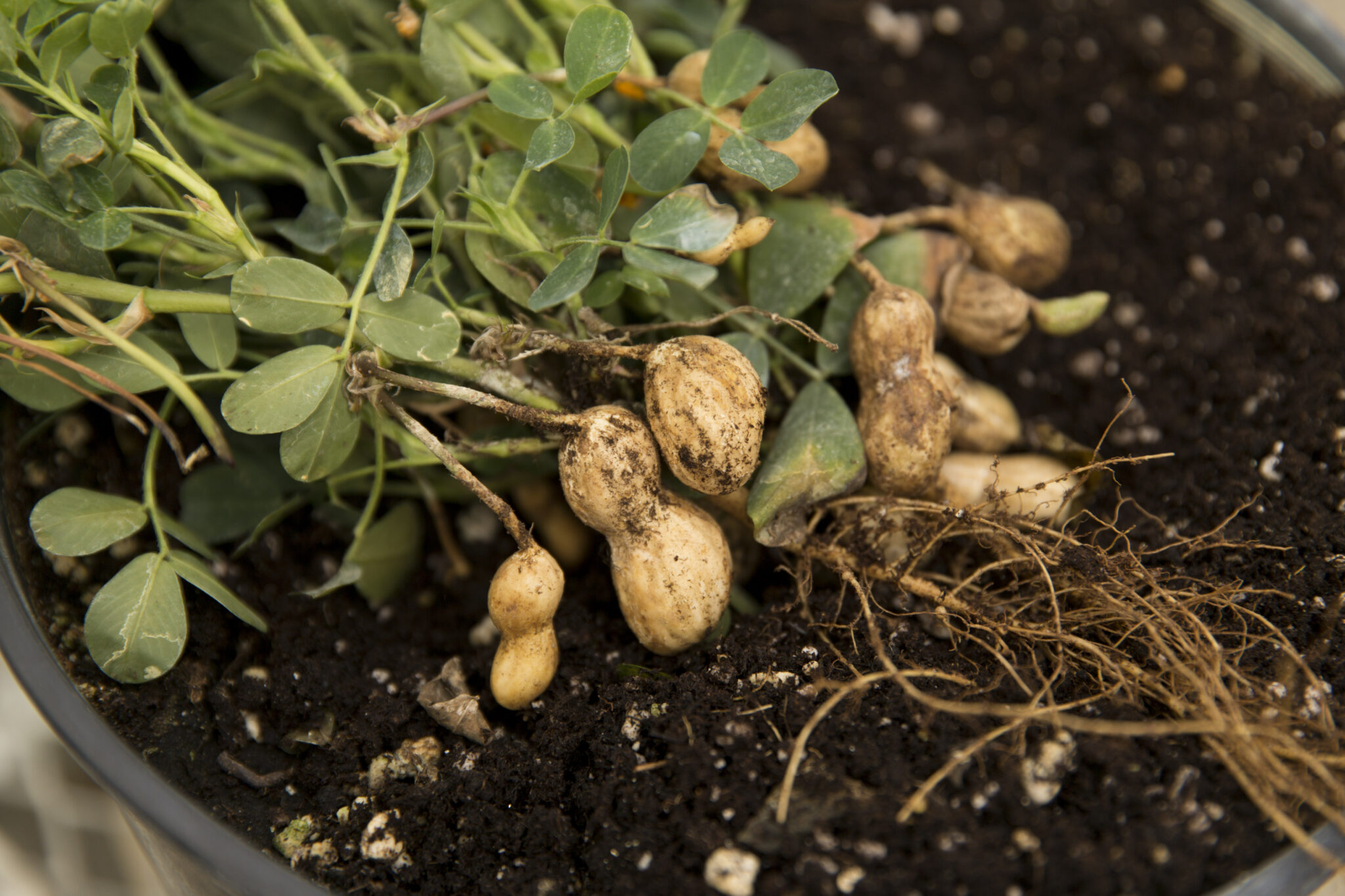By Philip Lee Williams
University of
Georgia
By transferring genes among them, plasmids enable the ongoing evolution of these tiny and ever-present microbes.
Now, the National Science Foundation has awarded a grant of $1.1 million to a team of researchers from the University of Georgia to study how plasmids work in the natural bacterial world, especially on hosts important in agricultural, clinical or ecological processes.
“This is the first major grant awarded by any federal agency specifically for genomic studies of these ubiquitous mobile genetic elements,” said UGA microbiologist and team leader Anne Summers.
Others on the UGA team from the department of microbiology include Tim Hoover, Jan Mrazek, Joy Peterson, Barny Whitman and Juergen Wiegel. Also on the team from the Franklin College of Arts and Sciences are Mary Ann Moran, department of marine sciences, and Michael W. Adams, department of biochemistry and molecular biology. Other colleagues include Margie Lee from the department of population medicine in the College of Veterinary Medicine, and Timothy Denny, the department of plant pathology in the College of Agricultural and Environmental Sciences.
Only the end products of plasmids’ work can be observed by using the sequenced chromosomes of bacteria, all of which have been found, surprisingly, to contain a large proportion of genes not native to the bacterium. Still, the plasmids themselves had often been lost from sequenced bacterial strains that had long been propagated in laboratories in conditions unlike their natural habitats.
The new project will study plasmids isolated directly from freshly obtained and carefully preserved bacteria and archaebacteria. This is the first project to examine natural isolates in a wide range of such otherwise well-studied prokaryotes, the domain of organisms lacking a cell nuclear membrane.
Many prokaryotes are known to transfer some of their genes to other such simple microbes, and a few even transfer DNA into specific plants. Transferred genes may be scattered throughout the chromosomes of their new hosts, but many prokaryotic cellular chromosomes have patches or “islands” of such foreign DNA that have traces of well-known mobile genetic elements, including plasmids. Unfortunately, little of the genetic information from these elements has been studied, and the new project will remedy that.
The Summers lab recently overcame a major bottleneck in determining the DNA sequence of plasmids by devising a fast, cheap and easy method of purifying high-quality DNA from individual large plasmids.
“Large plasmids are the 18-wheelers of horizontal gene transfer but presently comprise less than 20 percent of all sequenced plasmids because traditional methods of preparing them require expensive instruments and toxic reagents,” said Summers.
Using this new plasmid preparation method, Summers and her students found that large plasmids are 10-fold more prevalent than previously documented in standard reference collections of the important pathogens Salmonella and E. coli.
The researchers will use the new method to screen plasmid profiles from 20-25 wild isolates each provided by UGA colleagues who work on marine bacteria, heat-loving and extreme- heat-loving bacteria, and plant and animal pathogens, among other things.
“UGA is unique in the U.S., perhaps in the world, in having expertise in such a wide range of diverse prokaryotes as well as in plasmid biology,” said Summers.
Since this is the first such study that will examine these plasmids in freshly isolated prokaryotes, it could change the perceptions of these cellular components among those who study them. There’s another important aspect of the grant, too, Summers notes.
“The project includes graduate and undergraduate components designed to give aspiring scientists an appreciation for the significance of horizontal gene transfer,” she said. “They will gain hands-on experience with both bench and computer analyses of these phenomena.”
Undergraduates from outside UGA will also join in all stages of the process during eight-week research projects available each summer during the three-year period of the award.






